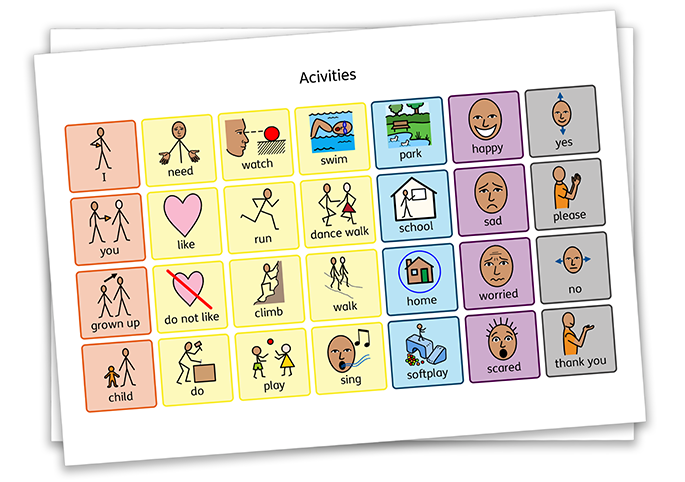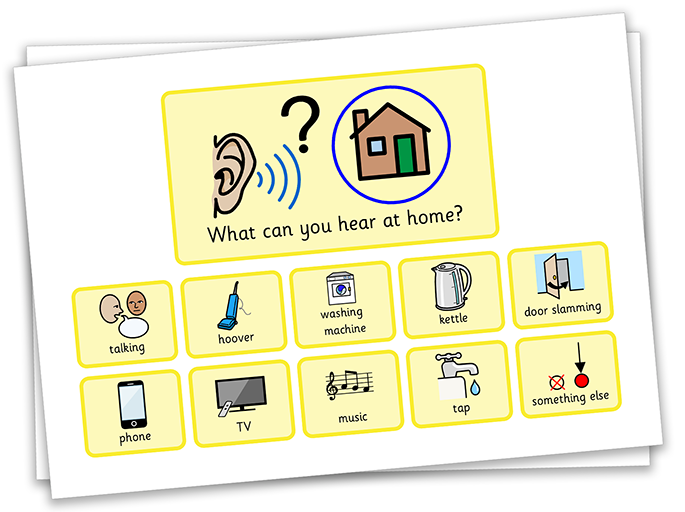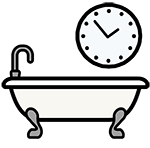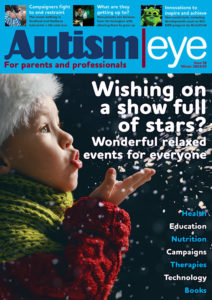Two new autism resource packs from Widgit are designed to support communication, interaction and visual learning at home and school.
Visual aids to help autistic people express themselves and engage more easily
Symbol-based language provider Widgit has created two new autism resource packs to help autistic children and adults find the words they need to express themselves, communicate, interact, and engage.
The packs include sequence-based resources which can help to reduce anxiety around unfamiliar routines. Plus, a range of materials which can be used to create personalised social stories, in formats similar to comic strips or posters to demystify new or difficult events, situations and activities.
With the correct support, we can help autistic people understand and express their thoughts, regulation needs and feelings and visual aids are a powerful way to achieve this.
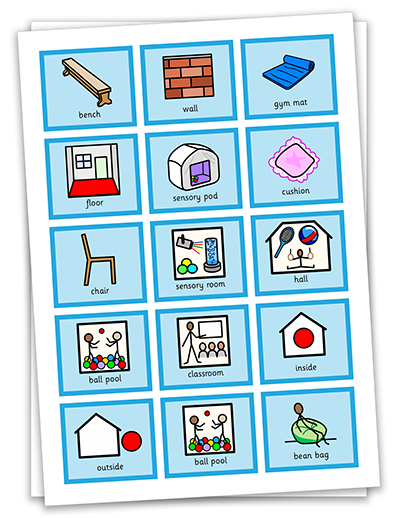 Developed with practising professionals and the autistic community
Developed with practising professionals and the autistic community
The resource packs are available for use at home and in school and both were produced with input from practicing professionals and the autistic community.
The packs include over 100 new resources and a number of exciting new symbols.
They provide a starting point for professionals and parents supporting an autistic person, depicting a variety of scenarios and situations which we recommend are edited to include photos and specific, relevant information to make sure they are as tailored to the individual as possible.
Both packs include comprehensive resources covering each of the four areas of need specified within an Education, Health, and Care Plan (EHCP).
They contain a wide variety of formats, including bubble charts, thermometer diagrams and communication boards, which can all be customised and adapted to help autistic people navigate all areas of their home and school life.
Support home routines
Children can follow directions more easily when they can see a phrase illustrated with a set of symbols. For example, a symbol of a clock and a bath together would represent the phrase ‘time for a bath.’ You can add a photo of the child too to make it even more relevant to them.
Using symbol-based tools can take the anxiety out of what is happening next and help your child to better understand routine. For instance, you can use the resources located in the sensory and physical needs section to help model and promote independence.
As well as including general routines, the pack contains more explicit routines and sequences covering personal care such as toileting, showering and bathing.
In addition to the routine and transition resources, home subscribers can also use the home labels to create an accessible and communication-rich environment for their child.
This creates the opportunity for teaching and modelling language around the home to help your child communicate their wants and needs more easily.
It’s not always easy to have a printed resource to hand if you are out shopping or on holiday, so we’ve made it easy to view the resources on a mobile. And if your child is being looked after by relatives or friends you can also share the link to the resources with them in view mode so they can show them to your child and communicate better with them.
This can help reduce stress and anxiety and makes it easier for the child to show and tell people what they want to do, eat, play, or watch, or how they are feeling. And you will be able to show them what is happening next and what to expect in that situation.
A comprehensive school autism support resource
The school pack has more resources under the cognition and learning sections than the home pack and is school specific. For example, under the Social Emotional and Mental Health Difficulties section, you will find resources about routines which are linked to school to help create the right communication-friendly environment.
Under each of the four areas of need in the EHCP, there are numerous resources in multiple formats that can help pupils learn the core vocabulary they need to thrive in class, navigate the school environment and feel more independent.
There are three levels of communication boards to support varying levels of communication which can be used to help pupils learn key vocabulary, or when using more complex boards, teach and model sentence building for functional communication.
Ongoing visual learning
A school-wide approach to visual learning using symbols will improve your pupils’ vocabulary development and close the word gap so that no child is left behind.
When used well, symbols can boost learning and achievement, enhance memory, and help children to build the vocabulary they need to communicate, read, and write throughout the school years.
Visual timetables allow extra processing time and can make it easier to learn about transitions and sequencing too. For example, pupils will more readily interpret that a symbol of children with a paintbrush and paints means an art lesson, or an image of a book signifies storytime. Adding symbols to the lunch menu can also help pupils with processing difficulties make independent meal choices.
Free home or school autism support pack trial
Symbols are proven to support communication development. Normally available only on subscription you can start using the resources today by activating a free trial with the code AUTISMEYE or by clicking on this link: https://widgitonline.com/en/offer?code=AUTISMEYE.











